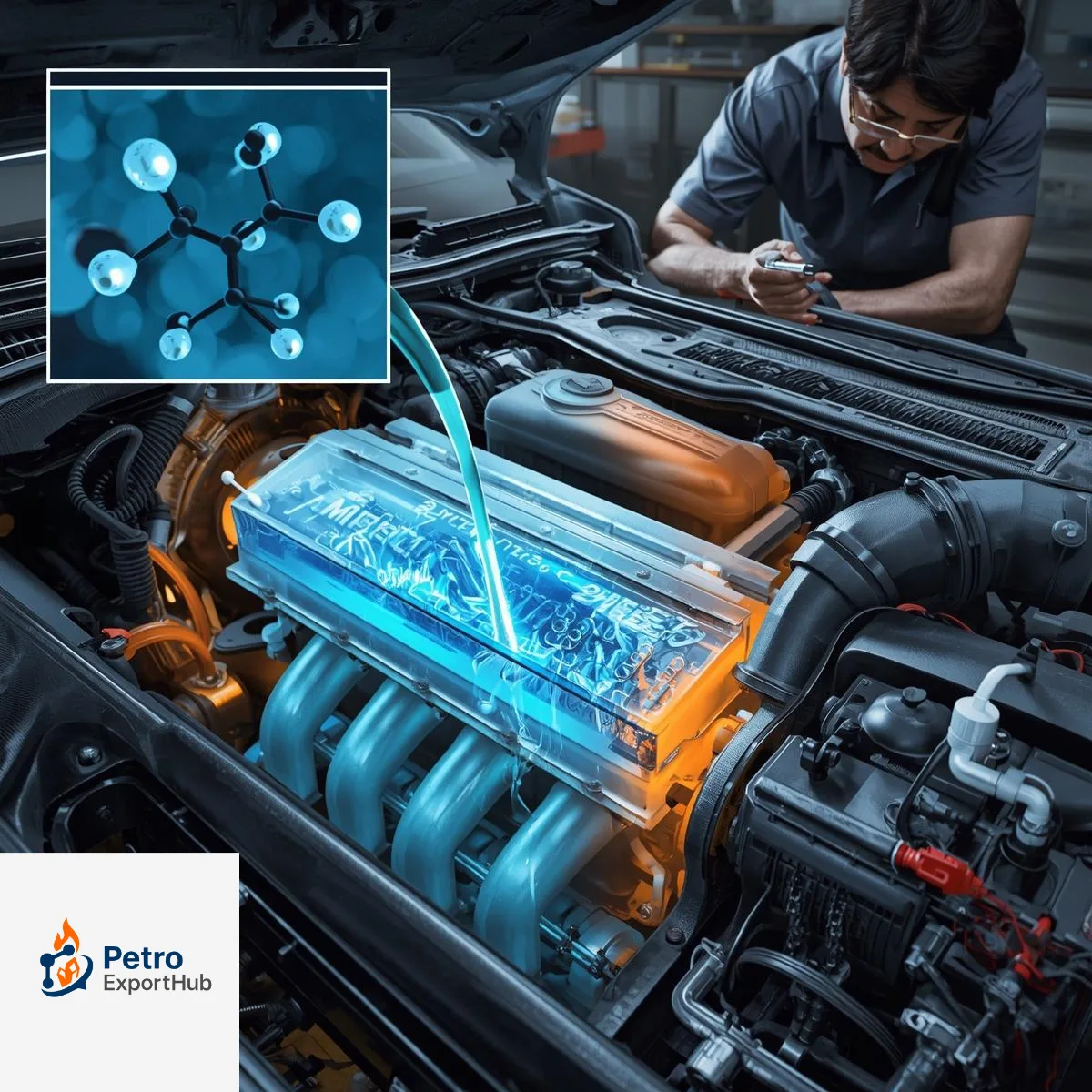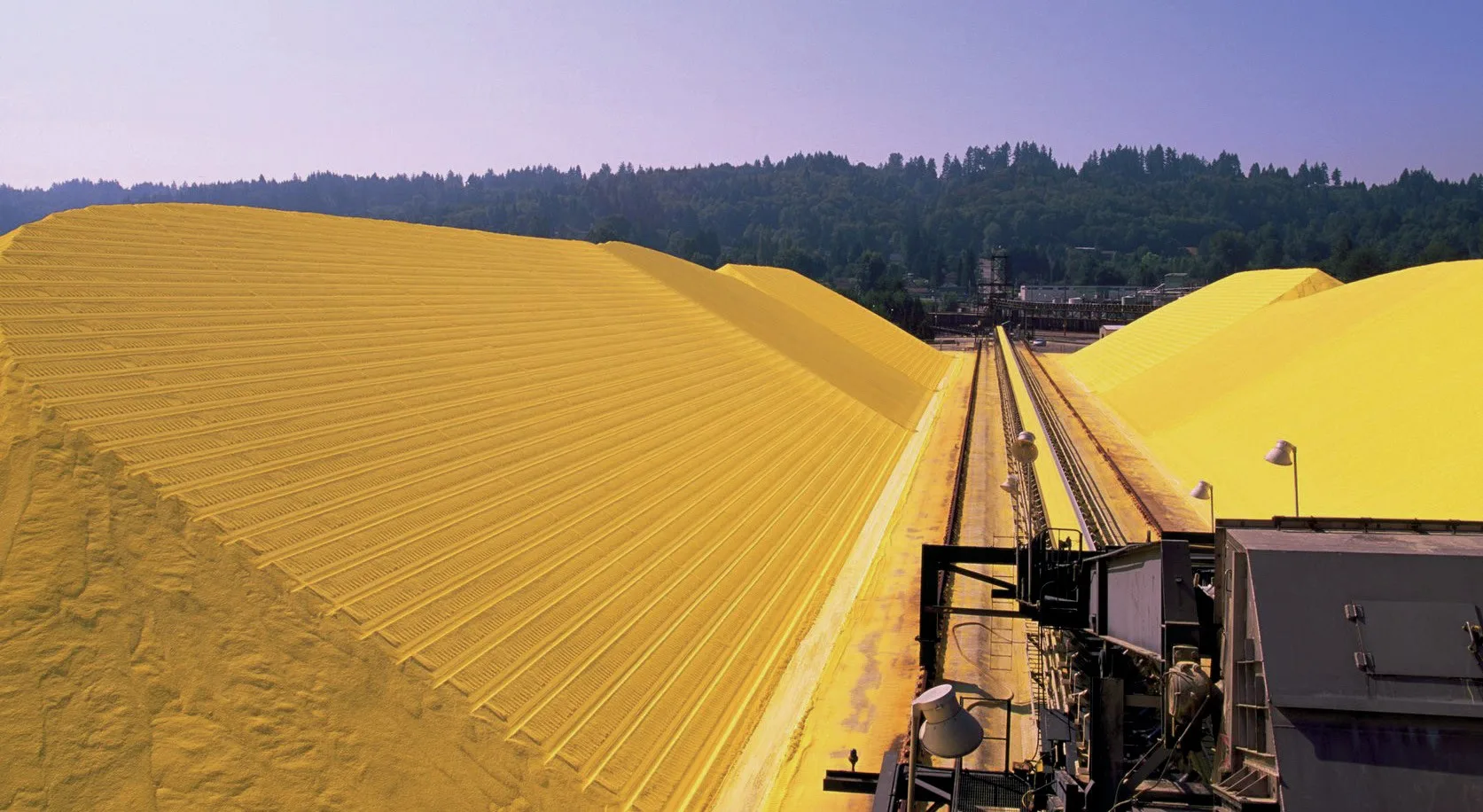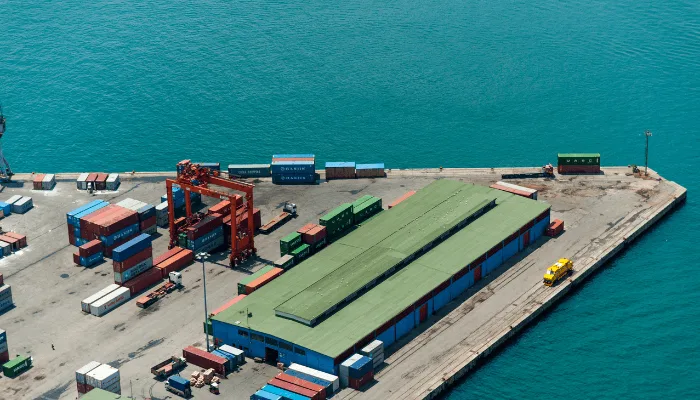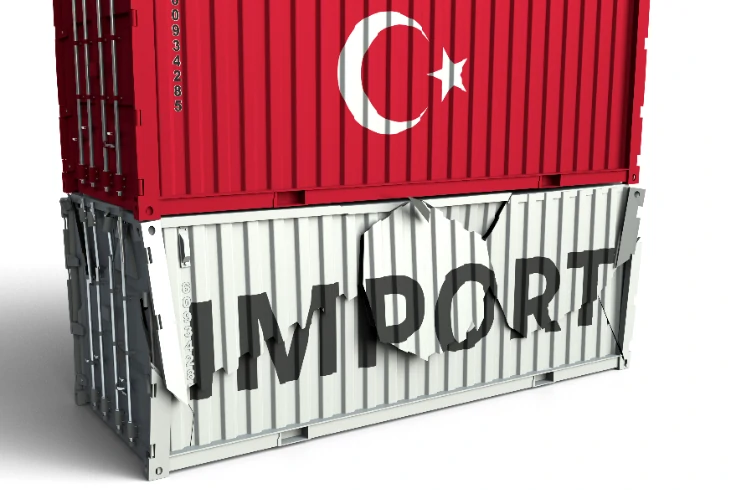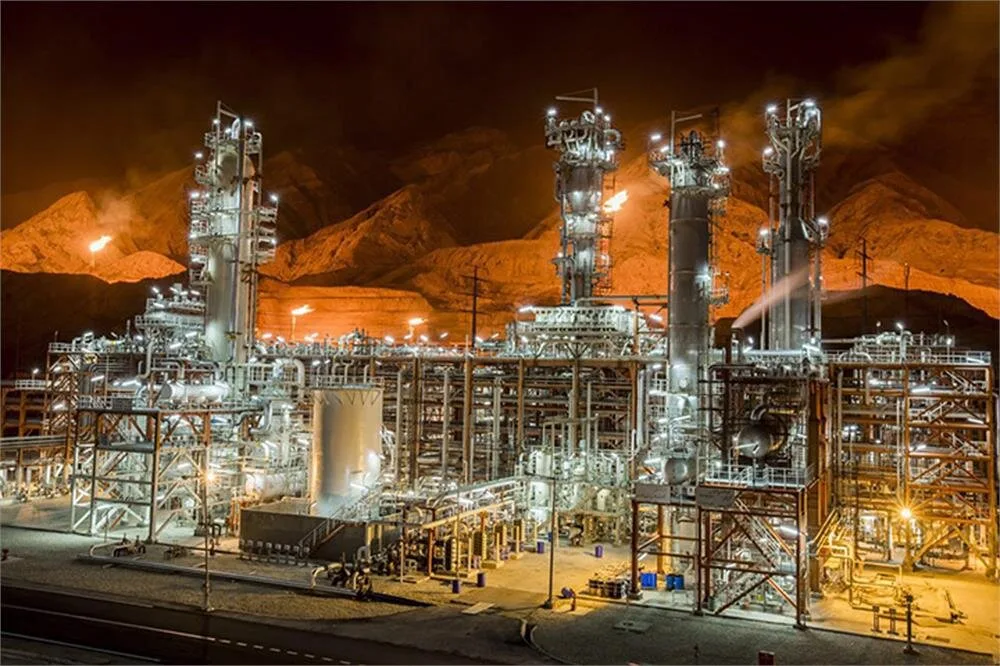
Learn the key differences between polypropylene (PP) and polyethylene (PE), their applications, advantages, and how to choose the right polymer for your industry.
Introduction: Choosing the Right Polymer Matters
In the world of plastics and polymers, Polyethylene (PE) and Polypropylene (PP) are two of the most widely used thermoplastics. But choosing the right one for your business is not always straightforward.
Whether you’re in packaging, textiles, automotive, or industrial manufacturing, understanding the core differences between PE and PP can help you optimize cost, performance, and durability.
In this article, we break down PP vs PE in terms of:
-
Structure & Properties
-
Applications
-
Mechanical Strength
-
Cost Efficiency
-
Chemical Resistance
-
Environmental Impact
What is Polyethylene (PE)?
Polyethylene is the most common plastic in the world, available in various grades:
-
HDPE (High-Density Polyethylene) – rigid and strong
-
LDPE (Low-Density Polyethylene) – soft and flexible
-
LLDPE (Linear Low-Density Polyethylene) – flexible with better tensile strength
🟢 Properties of PE:
-
Good flexibility
-
Strong chemical resistance
-
Moisture-resistant
-
Low cost
-
Translucent appearance
🧴 Common Applications:
Plastic bags, bottles, piping, geomembranes, packaging films
What is Polypropylene (PP)?
Polypropylene is a versatile thermoplastic polymer known for higher heat resistance and rigidity compared to PE.
🟡 Properties of PP:
-
Higher melting point (around 160°C)
-
Rigid and lightweight
-
Resistant to fatigue (ideal for lids, hinges)
-
Chemically resistant
-
Translucent to opaque
🧼 Common Applications:
Food containers, textiles, automotive parts, medical devices, woven sacks, BOPP films
🥊 Polypropylene vs Polyethylene: Side-by-Side Comparison
| Property | Polyethylene (PE) | Polypropylene (PP) |
|---|---|---|
| Flexibility | High (LDPE, LLDPE) | Lower than PE |
| Rigidity | Medium (HDPE) | High |
| Melting Point | 100–130°C | 130–170°C |
| Cost | Slightly lower | Slightly higher |
| Fatigue Resistance | Poor | Excellent (good for hinges) |
| Transparency | Translucent | Opaque |
| Recyclability | Good | Good |
Which Polymer is Right for You?
Choose Polyethylene (PE) if:
✅ You need flexible films, pipes, or plastic bags
✅ You want cost-effective large-scale packaging
✅ Moisture resistance is key (e.g., agricultural films)
Choose Polypropylene (PP) if:
✅ You require rigid packaging or products
✅ You need a higher temperature tolerance
✅ Applications involve repeated flexing or opening/closing (hinges, caps)
🌍 Environmental Impact: PE vs PP
Both PE and PP are thermoplastics, meaning they can be melted and reshaped — making them recyclable. However:
-
PP has a slightly lower environmental footprint due to lighter weight and durability
-
Both are part of global recycling programs: PE (code #2, #4), PP (code #5)
Where to Buy PP or PE?
At PetroExportHub, we supply high-quality Polypropylene and Polyethylene directly from certified Iranian manufacturers at competitive export prices.
🔹 Grades Available:
-
HDPE (Film, Blow Molding, Injection)
-
LDPE, LLDPE
-
PP Homo, PP Copo, PP Raffia, PP Random
🔹 Destinations:
Turkey, UAE, India, Pakistan, CIS, and Africa
📩 Request a quote or sample today →
🌐 Visit: www.PetroExportHub.com
📧 Email: info@PetroExportHub.com
-
Polypropylene vs Polyethylene
-
Difference between PP and PE
-
PP vs PE for packaging
-
HDPE vs PP
-
Which is better polypropylene or polyethylene
-
Buy PP granules Iran
-
PE film supplier UAE
-
Export polypropylene Iran



